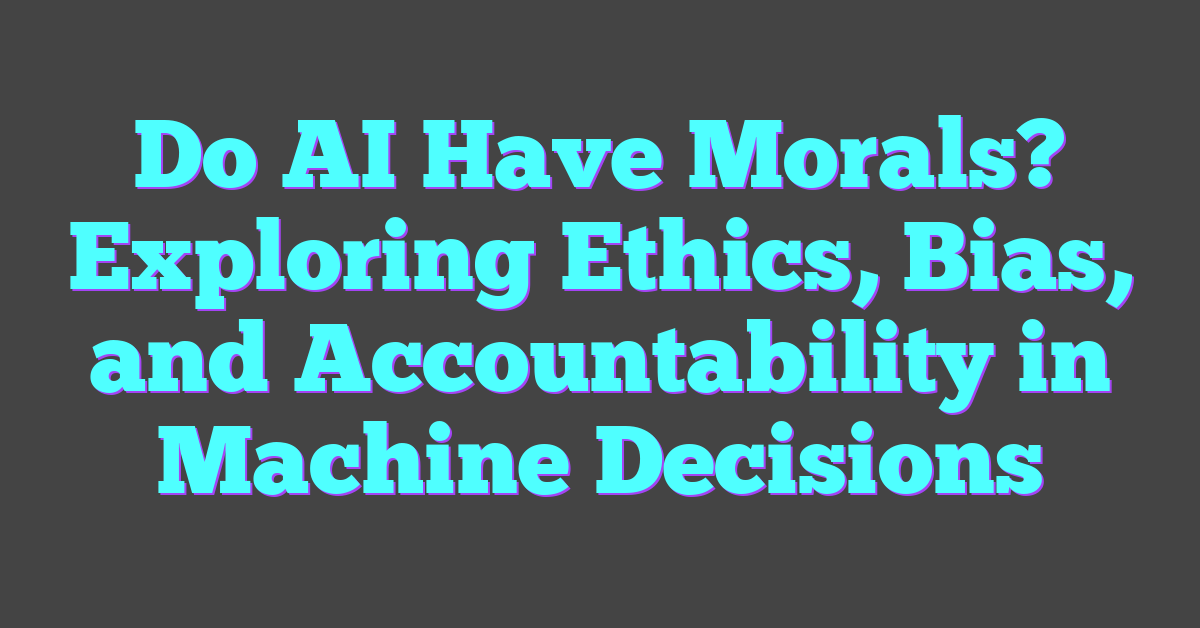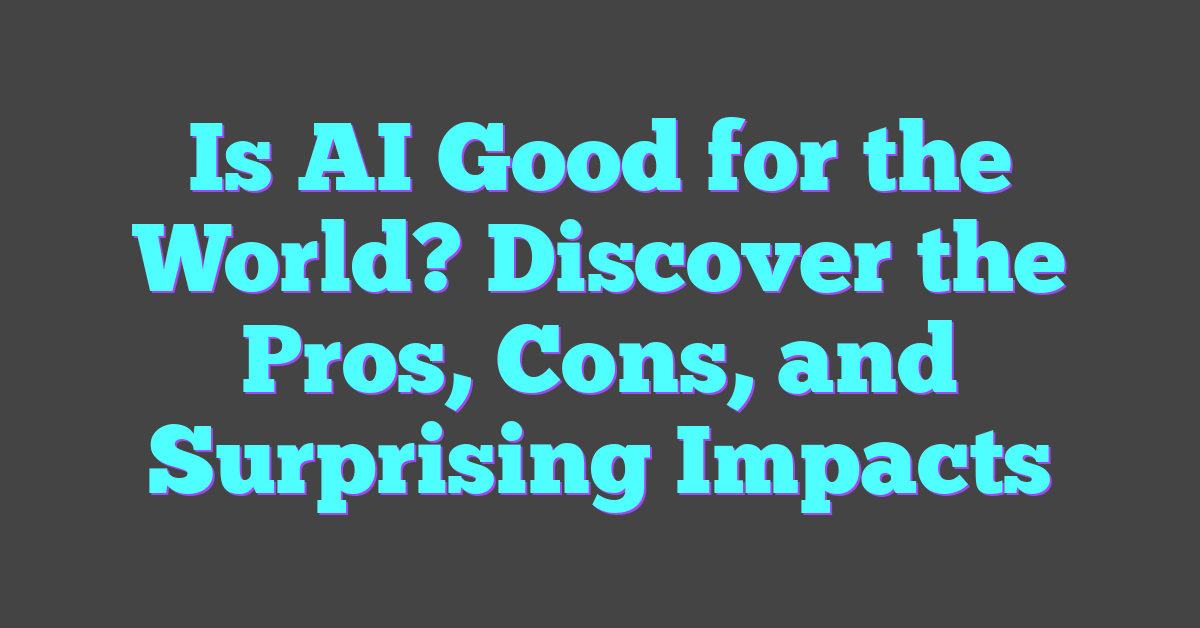Key Takeaways
- Streamlined Editing Workflow: AI automates cuts and transitions, significantly speeding up the film editing process.
- Enhanced Creativity: By handling technical tasks, AI-powered tools allow editors to focus more on their creative vision.
- Increased Efficiency and Quality: AI-driven editing ensures consistent, high-quality results while reducing manual effort.
- Advanced Editing Software: Leading tools like Adobe Premiere Pro and DaVinci Resolve integrate AI features for superior automation.
- Future Innovations: Emerging trends include VR/AR integration, advanced machine learning, and AI-driven storytelling assistance.
Imagine streamlining the film editing process, making cuts and transitions smoother and faster than ever before. Artificial Intelligence is revolutionizing how editors work, taking on tasks that once required hours of meticulous effort.
With AI-powered tools, filmmakers can focus more on their creative vision while leaving the technical details to smart algorithms. Automated cuts and transitions not only save time but also enhance the overall quality of the final product.
Embracing AI in film editing opens up new possibilities, allowing both seasoned editors and newcomers to craft compelling stories with ease.

Understanding AI in Film Editing
AI revolutionizes the film editing landscape by enhancing efficiency and creativity. Leveraging machine learning, AI tools transform traditional editing processes.
What Is AI in Film Editing?
AI in film editing refers to the integration of artificial intelligence technologies to assist and automate various aspects of the editing process. These technologies analyze footage, recognize patterns, and make data-driven decisions to streamline tasks such as organizing clips, identifying key scenes, and suggesting edits. By utilizing algorithms and machine learning models, AI can mimic the decision-making processes of seasoned editors, ensuring consistency and precision in the final product. This integration not only accelerates the editing workflow but also allows editors to focus more on the creative elements of storytelling.
How AI Automates Cuts and Transitions
AI automates cuts and transitions by analyzing the visual and auditory elements of the footage to determine optimal editing points. It identifies scene changes, detects motion patterns, and assesses audio cues to execute seamless transitions. For example:
- Scene Detection: AI scans the timeline to locate natural breaks in the narrative, suggesting where cuts should occur to maintain continuity.
- Motion Analysis: By tracking movement within scenes, AI ensures that cuts align with the flow of action, creating smooth visual transitions.
- Audio Synchronization: AI matches audio beats with visual cuts, enhancing the rhythm and pacing of the film.
Additionally, AI can apply predefined transition effects based on the genre and style of the film, ensuring that each transition complements the overall aesthetic. This automation reduces the time editors spend on repetitive tasks, allowing for a more focused and creative editing process.
Benefits of AI-Driven Editing
AI-driven editing offers significant advantages to film editors by streamlining workflows and fostering creative innovation. These benefits enhance both the efficiency and the artistic quality of the editing process.
Increased Efficiency
AI-driven editing automates repetitive tasks, reducing the time required for manual editing. Editors access tools that organize clips, identify key scenes, and suggest optimal cuts within minutes. For example, machine learning algorithms analyze thousands of frames to detect scene changes accurately. Automated audio synchronization ensures that dialogues align seamlessly with visuals, minimizing manual adjustments. Additionally, AI-powered metadata tagging accelerates the search for specific footage, allowing editors to focus on refining the narrative rather than managing assets.
Enhanced Creativity
AI-driven editing expands creative possibilities by providing intelligent suggestions and alternative editing options. Editors utilize tools that propose diverse transition effects tailored to the film’s mood and style. Machine learning models offer creative variations for cuts and sequences, inspiring editors to explore new storytelling techniques. Furthermore, AI assists in maintaining consistency across scenes, ensuring a cohesive visual and auditory experience. By handling technical aspects, AI empowers editors to experiment with innovative ideas, enhancing the overall artistic quality of the film.
Key Tools and Technologies
AI-driven film editing leverages advanced software and cutting-edge technologies to enhance editing workflows.
Leading AI Editing Software
- Adobe Premiere Pro: Integrates Adobe Sensei to automate scene detection, audio syncing, and color matching, streamlining the editing process.
- DaVinci Resolve: Utilizes the Neural Engine for facial recognition, smart reframing, and automatic color grading, enhancing editing efficiency.
- Final Cut Pro: Employs machine learning for intelligent media organization, optimized performance, and real-time editing enhancements.
- Avid Media Composer: Features AI tools for metadata tagging, search optimization, and automated conform operations, improving workflow productivity.
Emerging Innovations
- Real-time Collaboration: AI facilitates simultaneous editing by multiple users with synchronized updates, boosting team productivity.
- Enhanced Motion Tracking: Advanced algorithms enable precise tracking of objects and movements, ensuring seamless visual effects integration.
- Automated Color Grading: AI analyzes footage to apply consistent color schemes, minimizing manual adjustments and maintaining visual coherence.
- AI-driven Sound Design: Machine learning generates sound effects and optimizes audio levels, effectively complementing visual elements.
Challenges and Considerations
Integrating AI into film editing introduces several challenges and considerations that professionals must address.
Technical Limitations
AI algorithms require significant computational resources to process high-resolution footage accurately. For example, scene detection and motion analysis can increase processing times, potentially delaying project timelines. Additionally, AI may struggle with unconventional editing styles or complex visual effects, limiting its versatility. Data quality also plays a crucial role; inadequate or biased datasets can result in inaccurate editing suggestions, affecting the consistency and reliability of the final product.
Maintaining Creative Control
Balancing AI automation with human creativity is essential to preserve the filmmaker’s vision. While AI handles repetitive tasks like cutting and transitions, editors must ensure that automated suggestions align with the desired narrative and emotional tone. Overreliance on AI could lead to homogenized editing styles, reducing the uniqueness of each project. Editors should use AI as a supportive tool, carefully reviewing and adjusting AI-generated edits to maintain artistic integrity and achieve the intended storytelling impact.
Future Trends in AI Film Editing
AI continues to evolve, shaping the future of film editing through innovative advancements. Enhanced real-time editing capabilities allow editors to make instant adjustments during shoots, improving workflow efficiency. Personalized editing tools adapt to individual editing styles, offering tailored suggestions that align with each editor’s unique approach.
Advanced Machine Learning Algorithms
Machine learning algorithms become more sophisticated, enabling deeper analysis of footage. These algorithms identify complex patterns, improving scene detection and transition accuracy. Enhanced predictive analytics anticipate editing needs, streamlining the post-production process.
Integration with Virtual and Augmented Reality
Virtual Reality (VR) and Augmented Reality (AR) integration offer immersive editing experiences. Editors manipulate 3D environments, creating dynamic transitions and effects that align with the story’s vision. This integration expands creative possibilities, allowing for more engaging visual narratives.
AI-Driven Storytelling Assistance
AI tools assist in storytelling by analyzing script elements and suggesting narrative structures. These tools ensure coherence and emotional impact, helping editors craft compelling story arcs. By providing data-driven insights, AI supports the creation of emotionally resonant films.
Increased Collaboration Tools with AI
Collaboration platforms incorporate AI to facilitate seamless teamwork among editors. Real-time feedback and automated version tracking enhance coordination, especially in remote settings. AI-driven project management tools optimize workflow, ensuring timely project completion.
More Sophisticated Audio-Visual Synchronization
AI advances in audio-visual synchronization deliver precise alignment between sound and visuals. Enhanced algorithms reduce discrepancies, ensuring seamless integration of dialogue, music, and sound effects. This synchronization improves the overall viewing experience, making films more immersive.
Enhanced Color Grading and Visual Effects
AI-powered color grading tools offer more accurate and efficient adjustments, maintaining consistent visual tones across scenes. Automated visual effects generation accelerates the creation process, enabling editors to implement complex effects with ease. These advancements ensure high-quality visual standards.
Expansion of Automated Metadata Tagging
Automated metadata tagging systems become more accurate, organizing footage based on detailed attributes. This expansion facilitates easier search and retrieval, speeding up the editing process. Comprehensive metadata integration enhances content management, supporting more effective editing workflows.
Increased Use of Natural Language Processing
Natural Language Processing (NLP) enables editors to interact with AI tools using voice commands. This hands-free approach streamlines the editing process, allowing for quicker adjustments and changes. NLP integration enhances accessibility and user experience, making advanced editing tools more intuitive.
| Future Trend | Description |
|---|---|
| Advanced Machine Learning | Deeper footage analysis and improved predictive analytics |
| VR and AR Integration | Immersive editing environments with dynamic transitions |
| AI-Driven Storytelling | Data-driven narrative structure suggestions |
| AI Collaboration Tools | Enhanced teamwork and project management in remote settings |
| Audio-Visual Synchronization | Precise alignment of sound and visuals |
| Color Grading and Visual Effects | Accurate color adjustments and automated visual effects generation |
| Automated Metadata Tagging | Detailed attribute-based organization for faster search and retrieval |
| Natural Language Processing | Voice command integration for intuitive, hands-free editing |
AI’s future in film editing promises increased efficiency, creativity, and collaboration, transforming the landscape of content creation.
Conclusion
AI is reshaping film editing by taking over repetitive tasks and opening up new creative possibilities. Editors can now focus more on storytelling and artistic expression, knowing that technical details are handled efficiently. As technology continues to advance the collaboration between human creativity and AI precision promises even more innovative and compelling films. Embracing these tools allows the film industry to push boundaries and create richer more engaging experiences for audiences everywhere.




